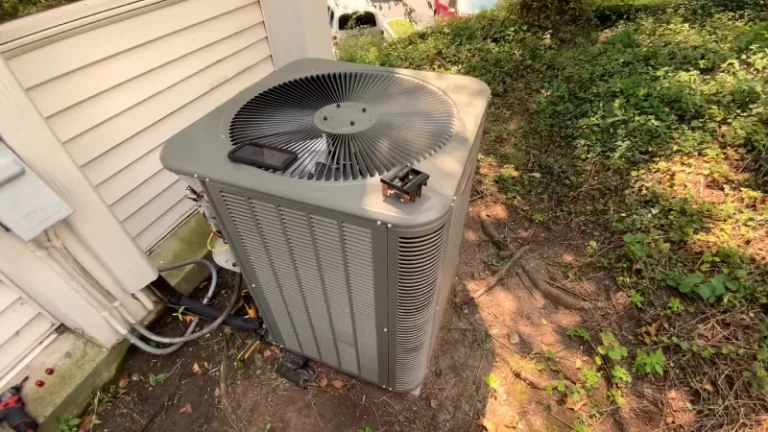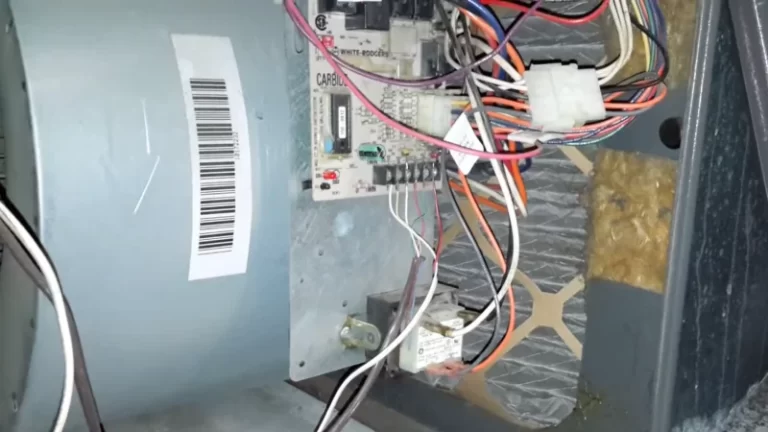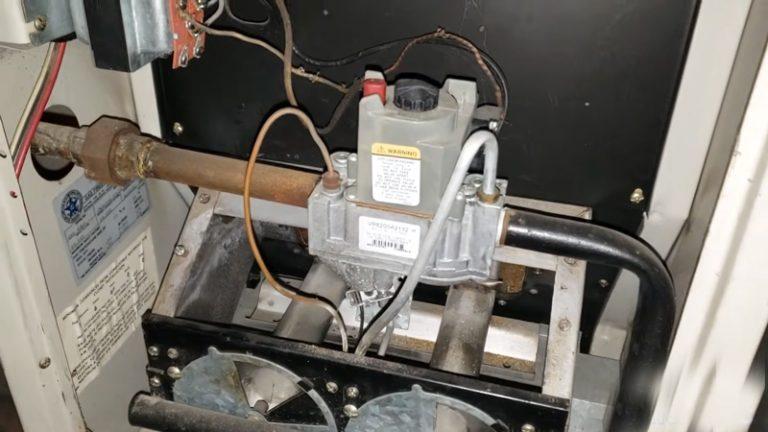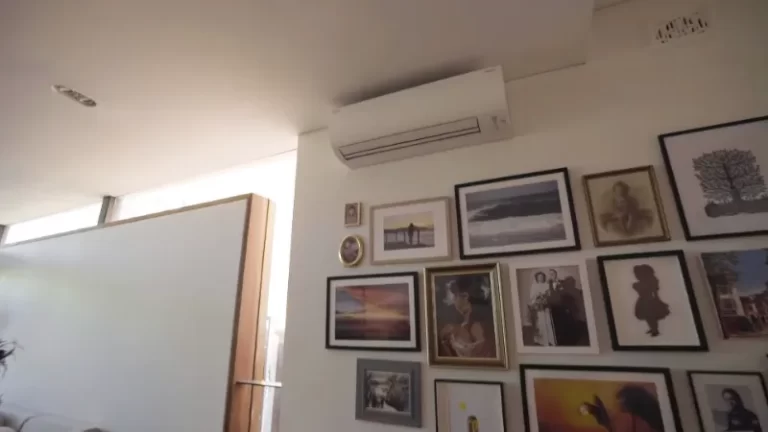What Does E5 Mean On Hisense Air Conditioner?
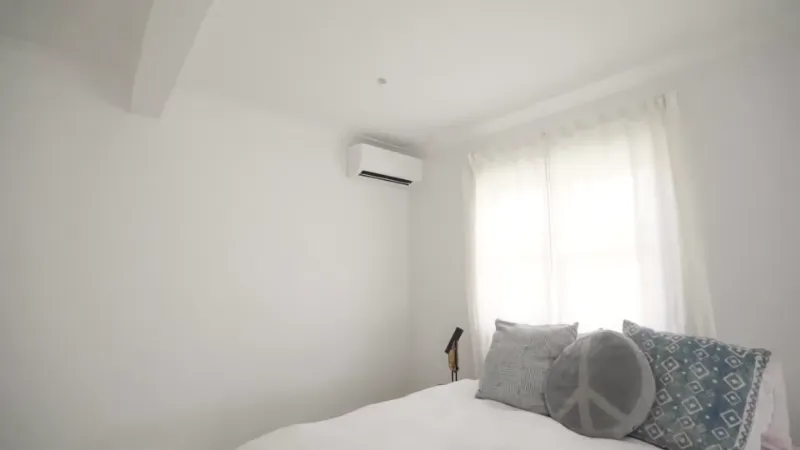
The Hisense E5 air conditioner is a highly efficient home cooling system that is designed to deliver optimal cooling at a fraction of the cost. It is part of the energy-saving E-series range of air conditioners from the renowned manufacturer Hisense.
The E5 air conditioner comes with an impressive range of features and performance capabilities, including a high-efficiency compressor and an advanced heating and cooling system. The E5 rating is an indication of the energy efficiency of the air conditioner, with a higher rating signifying greater efficiency.
In this article, we will discuss what the E5 rating means and how it affects the performance of the air conditioner.
You'll Learn About
What Does E5 Mean on Hisense Air Conditioner?
E5 error code indicates that there is a problem with the air conditioner’s indoor evaporator temperature sensor. This code generally means that the indoor temperature is too high, or the air conditioner is not able to sense the temperature accurately.
Causes of E5 Error Code
The most common causes of this error code are dirty or clogged filters, incorrect fan speed, blocked condenser coils, low refrigerant levels, and faulty temperature sensors.
How to Fix the E5 Error Code
The first step in fixing the E5 error code is to check the filters and replace them if necessary. You should also check the fan speed and condenser coils for any blockage. If the refrigerant levels are low, it should be refilled according to the manufacturer’s guidelines.
Finally, you should check the temperature sensor and replace it if it is faulty.
Tips to Prevent E5 Error Code
To prevent the E5 error code from occurring, it is important to keep the air conditioning filters clean and regularly inspected. Additionally, the fan speed should be checked regularly to ensure it is set to the correct speed for the size of the room.
The condenser coils should also be regularly inspected for any blockages. Finally, the refrigerant levels should be checked regularly and refilled as necessary.
The E5 error code on a Hisense air conditioner indicates a problem with the indoor evaporator temperature sensor. The most common causes of this error code are dirty or clogged filters, incorrect fan speed, blocked condenser coils, low refrigerant levels, and faulty temperature sensors.
To prevent this error code from occurring, it is important to keep the air conditioning filters clean and regularly inspected, check the fan speed, inspect the condenser coils, and check the refrigerant levels regularly.
What Does E5 Mean on Ac?
E5 is an error code that may be displayed on an air conditioner (AC). This code can indicate a voltage protection or temperature sensor error. It is possible that the issue is related to the outdoor temperature sensor.
This code may also indicate voltage issues with the AC. If you see this code on your AC, it is important to troubleshoot the issue. You may need to check the voltage levels or inspect the temperature sensor.
If there are any issues with the voltage, you may need to contact an electrician. If the temperature sensor is not working properly, it should be replaced. If the problem persists, you may need to contact a technician for further assistance.
Keeping an eye out for this code can help you identify potential issues with your AC system.
What is E5 Overcurrent Protection Error?
E5 Overcurrent Protection Error is an error code generated when a unit has exceeded its maximum current threshold, which can happen when the line voltage is too high or when the supply voltage is unstable.
This error code is a warning that the unit is in danger of being damaged and should be attended to quickly.
Causes of E5 Overcurrent Protection Error
E5 Overcurrent Protection Error is caused when the line voltage is too high or when the supply voltage is unstable. This can happen due to a faulty power supply, or from an external source such as a lightning strike, power surge, or other electrical issue.
Symptoms of E5 Overcurrent Protection Error
The most obvious symptom of E5 Overcurrent Protection Error is the error code itself. Other symptoms may include the unit becoming sluggish or not working at all, or the unit emitting a burning smell.
How to Fix E5 Overcurrent Protection Error
If you notice the E5 Overcurrent Protection Error code, the best course of action is to call a technician to help diagnose and repair the issue. It is important to not attempt to repair the unit yourself as this could cause further damage.
Preventing E5 Overcurrent Protection Error
The best way to prevent E5 Overcurrent Protection Error is to ensure that the power supply is stable and that any external sources are properly protected. If you are using a device outdoors, it is important to make sure it is properly grounded and shielded from lightning and other electrical events.
Additionally, it is important to regularly check the power supply voltage and make sure it is within the recommended range.
What Does 5e Error Mean?
5e Error is an error code displayed on Samsung washing machines when there is a problem with draining water from the machine. It is one of the most common error codes that is displayed and can be caused by a variety of issues.
Causes of 5e Error
The 5e Error can be caused by a number of issues, including clogged drain hoses, faulty drain pumps, blocked filters, or a faulty water level switch. It can also be caused by a kink in the drain hose or a faulty drain valve.
How to Troubleshoot 5e Error
The first step in troubleshooting the 5e Error is to check the drain hose for any kinks or blockages. If the hose is clear, then check the filter and drain pump for any blockages. If these are clear, then check the water level switch and the drain valve for any faults.
How to Prevent 5e Error
In order to prevent the 5e Error from occurring, it is important to regularly clean the filter and drain hose and make sure that there are no kinks in the hose. Additionally, it is important to make sure that the water level switch is operating correctly and that the drain valve is not faulty.
Emergency Drain for Samsung Front Loaders
If you have a Samsung front loader washer and would like to manually emergency drain it, it is important to disconnect the power to the machine first. Once the power is disconnected, open the front door and locate the drain hose.
Disconnect the hose from the machine and allow the water to drain. Once the water has drained, reconnect the power and the hose and the machine should be ready to use.
Does Hisense AC Need to Be Drained?
Hisense is a brand of AC units that offer a wide range of cooling solutions. They are known for their energy efficiency and durability. Hisense ACs come in two main types: wall-mounted and portable. Both types work by circulating air through an evaporator coil that cools it down.
Do Hisense Air Conditioners Need to Be Drained
Yes. All air conditioners, including Hisense models, accumulate moisture and need to be drained regularly to prevent water damage and to keep the unit running efficiently.
How to Drain a Hisense Air Conditioner
Draining a Hisense air conditioner is easy. Unplug the unit from the wall, then locate the drain plug on the bottom of the unit. Use a wrench to loosen the plug, then position a bucket or container underneath the drain plug to catch the water.
Once the water has drained, reconnect the drain plug and return the Hisense air conditioner to its original location.
When to Drain a Hisense Air Conditioner
It’s important to drain your Hisense air conditioner regularly to prevent water damage and to keep the unit running efficiently. Generally, it’s recommended to drain the unit at least once every month, or when the water container has become full.
Benefits of Draining a Hisense Air Conditioner
Draining your Hisense air conditioner regularly has several benefits. It helps to reduce humidity levels, keeping your home more comfortable. It also prevents water damage from occurring, which can be expensive to repair.
Additionally, draining your Hisense air conditioner regularly helps to prevent the buildup of mold and mildew, keeping your home and family healthier.
What Happens if You Don’t Drain the Water in an Air Conditioner?
Water Overflow
If you don’t drain the water in an air conditioner, it will accumulate in the condensate tank and eventually overflow. This can cause water damage to carpets, walls, and furniture, as well as create an unpleasant smell in the home.
It can also encourage the growth of mold and mildew, which can cause health problems for residents of the home.
Poor Air Quality
Not draining the water in an air conditioner can also lead to poor air quality in the home. The water that accumulates in the condensate tank can become stagnant, which can cause bacteria and other contaminants to spread throughout the home.
This can cause a host of respiratory issues, especially for those with allergies or asthma.
Clogging
If you don’t regularly drain the water in your air conditioner, it can lead to clogging in the pipes. This can cause the air conditioner to work less efficiently and cost you more money in energy bills.
In some cases, clogged pipes may even cause the air conditioner to stop working altogether.
Corrosion
When water sits in the condensate tank for too long, it can cause corrosion of the pipes and other components of the air conditioner. This can lead to costly repairs down the road and reduce the lifespan of your air conditioner.
Costly Repairs
If you don’t drain the water in your air conditioner regularly, it can lead to costly repairs and replacements over time. Not only will you have to pay for repairs, but you may also be responsible for any water damage that occurs in your home due to water overflow.
For these reasons, it’s important to take the time to drain your air conditioner regularly in order to ensure that it’s working efficiently and to avoid any costly repairs or water damage. It’s also important to change your air filters regularly, as this helps to keep your air conditioner running efficiently and prevents any buildup of dirt, dust, and other contaminants.
Furnace Gas Valve Intermittency: Is It Normal?
A furnace gas valve that works intermittently can indicate several issues, from electrical problems to gas supply interruptions. It’s important to troubleshoot this problem promptly, as inconsistent heating can lead to energy waste and discomfort. Properly diagnosing the cause will save you from unnecessary repairs and improve your furnace’s lifespan.
If your furnace struggles, ensure the cooling system is up to par and check for system malfunctions.
To Recap
The Hisense E5 air conditioner is a great choice for those looking for an energy-efficient cooling system for their home. The E5 rating indicates that the air conditioner is highly efficient and will help to reduce energy costs in the long term.
The advanced heating and cooling system and high-efficiency compressor ensure that the air conditioner will provide optimal cooling performance at all times. With its impressive range of features and high energy efficiency, the Hisense E5 air conditioner is an excellent option for those looking to purchase a reliable and energy-efficient cooling system.

